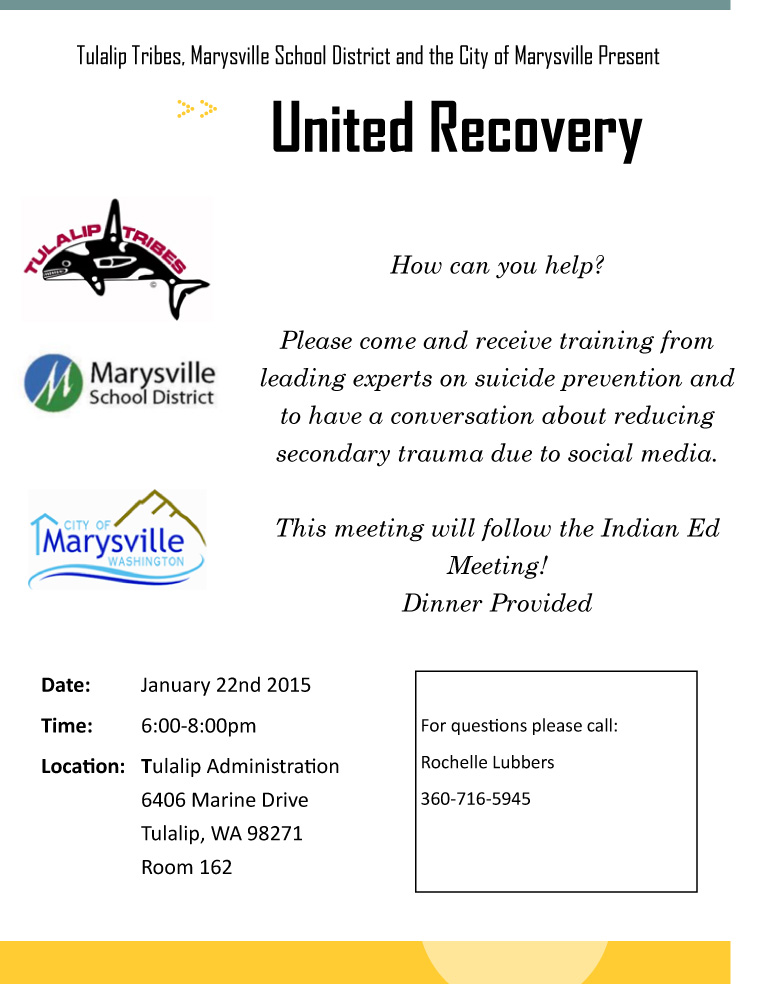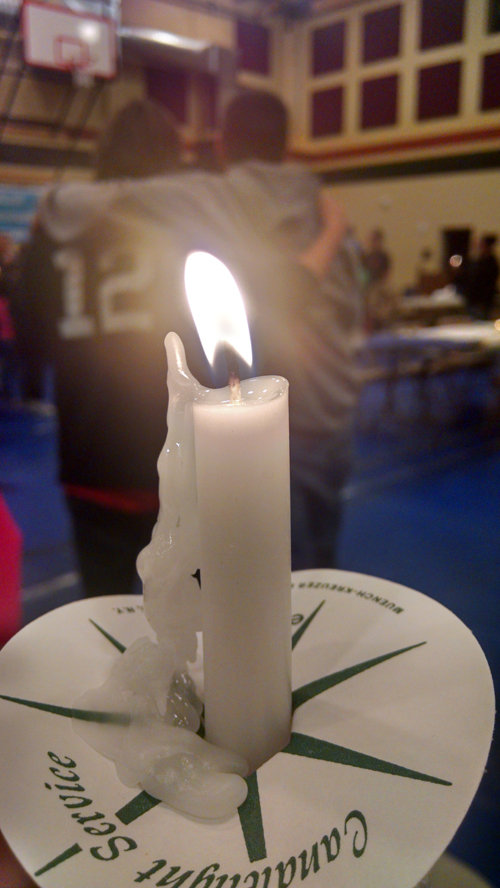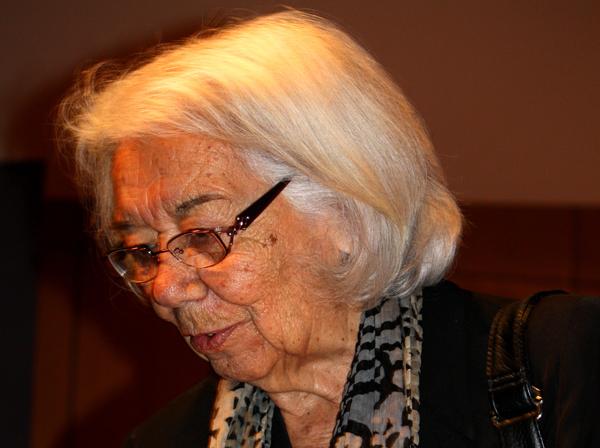By Kara Briggs-Campbell, Special to Tulalip News
Social media is a player in every aspect of society these days.
Its profound impact hit home for the Tulalip Tribes after the tragic school shooting as an outpouring of grief, resentment and anger seemed to flow in every direction. Tulalip leaders called upon families to stop using social media all together in the weeks that followed, or at least not post in anger something that would be regretted later.
Off the reservation, law enforcement contacted those who posted hateful messages toward the tribe and its members, while regional and national news media scoured social media posts for information and photos of the victims.
Social media is an important form of communication for teens and adults. Increasingly, it is used in suicide prevention and education as way to directly inform teens and young adults, said Dr. Richard McKeon of Substance Abuse and Mental Health Services Administration.
“Social media is here to stay and it is up to those who use it to use it wisely,” he said.
Social channels are increasingly cooperating with organizations that seek to prevent everything from bullying to suicide.
In 2013, the National Suicide Prevention Lifeline announced its partnership with Facebook, which allows Lifeline to connect via an online chat with people who are posting suicidal ideas. Users can report suicidal posts by a friend on their news feed by clicking “mark as spam” then on the pop up screen choose, “violence or harmful behavior,” on the next pop up choose, “suicidal content.” Or enter your friends name or contact information.
U.S. Surgeon General Dr. Regina Benjamin, when announcing the partnership in 2011, said, “We must confront suicide and suicidal thoughts openly and honestly, and use every opportunity to make a difference by breaking the silence and suffering.”
Social media for many of us is more than just a tool. It is a way that we connect, stay in touch, entertain ourselves and share information.
Laura van Dernoot Lipsky, founder and director of the Trauma Stewardship Institute, said finding the people who are healthy for you to be around is the same on social media as it is in real life.
“People need pay very close attention to who they are spending time with,” she said. “It is a turning point in life when you can give thought to who you spend your time with.”
The same way someone in sobriety should avoid the old friends they used to drink and use with in person, they also need to avoid them online.
Social media can be beneficial for people who feel isolated and need to interrupt the isolation, she said. But if people are going online and reading negative stuff that is poison.
“The question is what do you take in? You can drink a lot of water and its good, or you can drink a lot of poison and it will kill you,” Lipsky said.
In a tribal community meeting last month with Dr. Robert Macy who is president of the International Trauma Center in Boston, tribal parents talked about the pressure that social media places on teens. Some talked about complex decisions to monitor teen’s online presence at the same time as respecting their privacy.
Macy said as long kids are dependent upon their parents to pay the rent and keep the lights on, parents have the responsibility to monitor everything that happens in their rooms or on their Facebook page or Twitter feed. For parents, the attitude must be, “I love you too much to let you hurt yourself.”
Macy had a warning for parents too.
Being too connected electronically can make you disconnected personally.
A 2014 study published in the Journal Academic Pediatrics found that mothers were regularly distracted at meal time by their smart phones. Overall, the study found that the use of cell phones and other devices during meals was tied with 20 percent fewer verbal interactions between mothers and their children, and 39 percent fewer nonverbal interactions. Those who had the highest use of mobile decides during meals were far less likely to provide encouragement to their children, researchers found.
So Macy urged the tribal families gathered to put their smart phones away during family time, and if you visit a friend, leave the phone at home or in the car. Then use the time to make a real person-to-person connection with someone you love.
Tips for students using social media
This list is based upon one published on the website of Carlton University in Canada. The tips are geared to college students, but apply as well to younger teens and for that matter to adults. The concern that Carlton University raises is that your social media posts will last forever on the World Wide Web. It is not overstating to say that this is new era in the history of the world. In past generations you could put your past behind you, you could move away, change your outlook. Now, if you have posted your life digitally on your social media sites, it will live online and be searchable by people in your future.
Privacy: Set all of your social networking accounts to private and maintain your privacy settings so you avoid posting too much personal information. On Facebook, don’t forget to set your privacy settings to include photos and videos that others post of you to avoid being found via basic Web searches.
Don’t over share: Don’t say anything you wouldn’t normally share with a prospective employer or your mother or your grandmother.
Stay offline when under the influence: If you’ve just spent a night partying with friends, keep your computer off, or your online mistakes could come back to haunt you. Sometimes referred to as “drunk Facebooking,” posting inappropriate comments or photographs while inebriated may cast a negative reflection on your online persona.
Stop Complaining: Avoid speaking negatively about school, current or previous jobs, family or friends. Similarly, don’t update your Facebook status only when you have something negative to say; find a balance so your digital persona doesn’t look too angry.
Separate social networking from job networking: Avoid using social networking sites like Facebook for professional or scholastic networking, and build up your career contacts on other sites like LinkedIn.com.
Generate positive content: Experts agree that the best way to counteract negative content is by generating positive information that will rank high on search engines like Google.
Where can I call for help?
To report an emergency dial 911
National Suicide Prevention Line: 1-800-273-TALK (8255)
Snohomish County Crisis Line: 1-800-584-3578
Crisis TEXT Line: Text “Listen” to 741-741
24 Hour Crisis Line: 1-866-427-4747
TEENLINK: 1-866-833-6546
Tulalip Tribes Behavioral Health Family Services: 360-716-4400





